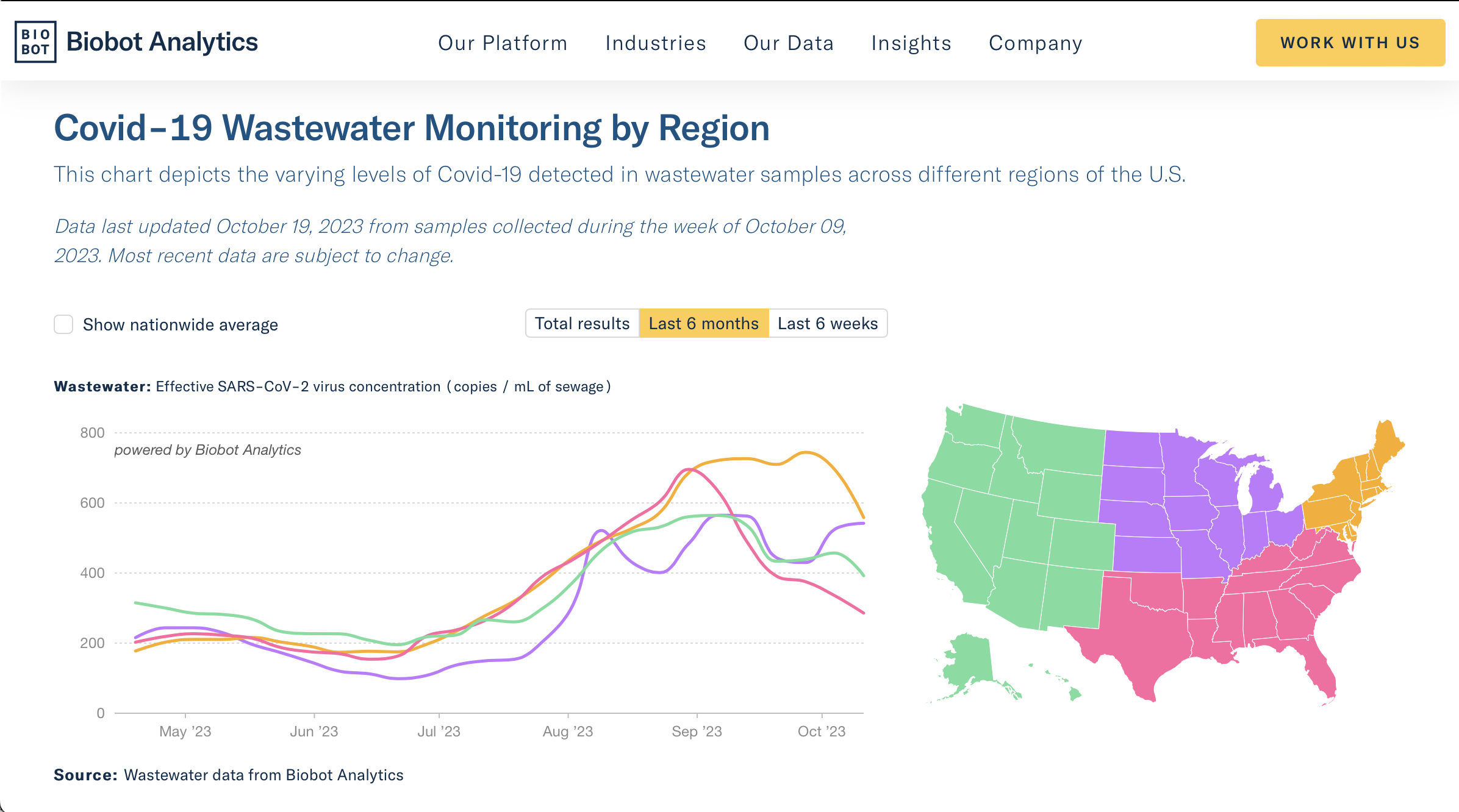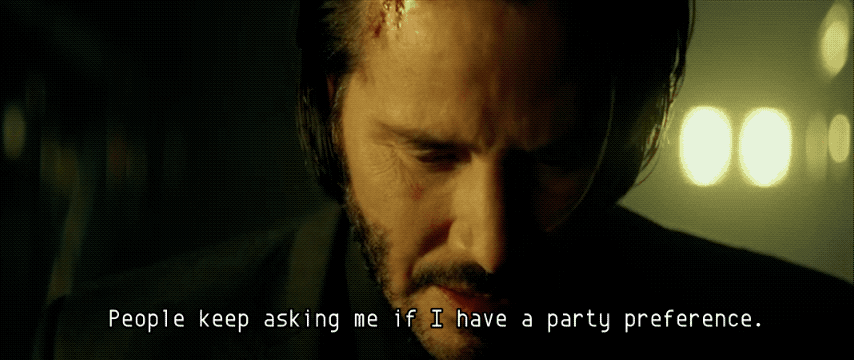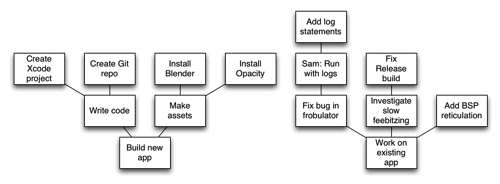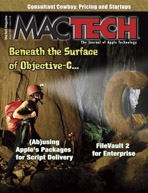As some of you know, I used to have long hair—down to my waist, kept in a ponytail. I’ve gone back and forth a couple times; currently I have short hair.
The ability to maintain short hair is kind of hard to come by right now, which is hard on people who are not used to growing/were not intending to grow their hair out.
There are a couple of solutions to that. One is to acquire a hair-clipper, even if it takes you awhile, and teach yourself how to use it, almost certainly with some hair-styling fails along the way. (There is nothing wrong with this; “sucking at something is the first step to being sort of good at something”, and you can consider this the cultivation of a skill that you will then have available to you for the rest of your life.)
This post is about the other solution.
Hair is a set of trade-offs. Short hair chooses one set; long hair chooses its complement.
|
Short hair |
Long hair |
| Maintenance |
Regular trims/haircuts |
Optional maintenance of bangs or sides; doing nothing at all works too |
| Shampoo |
Very little |
Buy it by the liter |
| Styling |
Part of the haircut itself |
Done by accessorizing the hair; e.g., adding things to it, curling or flattening it, putting it in a ponytail or braid |
| Cleanliness |
Can vacuum up the clippings after a trim |
Finding random fallen long hairs all the time |
One of the best parts of long hair is not having to do anything to it. It just grows, and doesn’t need my help to do that. No regular visits to the barbershop, no having to mow my own head every few weeks. All I need to do is wash it.
On washing it: Yes, the shampoo consumption rate difference is real. As your hair grows longer, the amount of shampoo needed to wash it—and the amount of water needed to both wash and rinse it—will increase. Part of why I’m keeping up my short hair is to make my shampoo supplies last longer; if I didn’t have my hair-clipper, I might have gone back to long, and would see my shampoo consumption just starting to tick up about now.
Styling short hair consists of how you cut it—that is, how short you cut the various sections of it (front, sides, back). There’s also how you part it if the top is long enough for that, bangs/fringe, etc. Styling long hair consists of shaping it or putting things in it. I kept my long hair in a ponytail, which meant I used a ponytail band.
Cleanliness is an underappreciated benefit of short hair. All hair naturally falls out after a certain amount of time; coupled with growth rate, that means hair typically falls out at a certain length. That length is the maximum length you can grow your hair out to. It is also the length of the innumerable fallen hairs you will find on the carpet and on random things all the time, and for years after you switch (back) to short hair—I still find random long hairs occasionally, and I’ve had short hair for over a year now.
Growing your hair long happens in multiple phases.
Phase 0 is when it isn’t long yet—it’s still short, maybe out to a few inches at most.
Phase 1 is when, if maintaining short hair, you’d consider yourself overdue for a haircut.
Phase 2 is the worst part. This is when it is definitely no longer short but isn’t long enough to put into a ponytail. It hangs in front of your eyes, gets in front of your face, and is generally messy for a period of months. (This is the point at which I start wearing bobby pins above the corners of my face to keep my hair out of it.)
Phase 3 is when the hair gets long enough that you can put it into a ponytail or—after even more time—a braid.
Hair is different from one person to the next.
What everyone knows is that hair comes in different shapes. From straight, flat hair to waves to loose curls to really tight curls. My hair is naturally straight with subtle waves, so that’s where my experience is. Different shapes require different techniques, and your hair may require tools and techniques that I can’t speak to.
Less well-known is that hair also comes in different thicknesses. My hair is really thick, which is why I’ve never been able to braid it. (Or at least that’s what I blame it on.) Some people’s hair is really thin. It’s a spectrum.
There are some things you should buy while your hair is growing out (in addition to the 55-gallon drum of shampoo).
One is bobby pins. They come in different colors to match your hair; find yours and buy a big pack of it. You will lose them, and sometimes the paint wears off or a pin looses up and loses its grip.
You’ll also need a hairbrush. I recommend the Wet Brush; where most brushes get a lot harder to use on wet hair, the Wet Brush actually works more easily on wet hair.
Relatedly, buy a metal comb with widely-spaced teeth. Use this to pull hair out of your brush. Throw the clumps of hair in the compost or garbage.
Lastly, buy some ponytail bands (also called “hair elastics” but that’s a more general term). These come in different colors (including both hair colors and decorative colors), thicknesses, and cross-sectional shapes (round or flat). I buy flat black ponytail bands in packs of 15 at the dollar store, and Daiso has some neat round ones that have an ornament on them, which are a fun way to accessorize your ponytail once you have one.
Bobby pins, brushes, and ponytail bands are all consumables. I already mentioned how bobby pins wear out and become trash. Brushes lose detangling effectiveness and eventually start losing bristles; ponytail bands lose elasticity. You will need to replace your brush periodically, and you will need to replace your ponytail bands regularly.
Oh, one more thing: a metal wire brush for sweeping up fallen hairs from the carpet. Way easier to pick hairballs out of this than off of a vacuum roller. Trust me.
One thing that becomes important as hair grows out is its texture.
Hair is not a perfectly smooth cylinder; it is, essentially, barbed. These barbs will catch on each other, tying your hair in knots. These knots will happen, and you will have to remove them.
First, use shampoo with conditioner. Conditioner smooths out the barbs and makes hair less likely to tangle. I’ve always just used Pert Plus but some people prefer to use a separate shampoo and conditioner. You might also look into “dry shampoo”, which I’ve never tried but some people swear by. Use whatever works for you, and consider changing it up and finding a new favorite that may be more suitable for your long hair.
Second, brush your hair every day. (Put your comb away. Once you get to Phase 2, you won’t need it, unless you have a beard and you comb that.) If you skip a day, you will regret it. Brush it every day. If you have a Wet Brush, you can do this right after you get out of the shower, or even in the shower.
Third, sooner or later, a knot will happen. Usually you’ll find it with the brush. If the brush doesn’t pull it apart, you’ll have to do it yourself. Sometimes you can (and might need to) pull it apart piecemeal, pulling small sections of your hair out of the knot at a time; even then, you might just be working to the point where you can tear the knot open by brute force. You will develop a particular kind of strength, doing this. One way or another, the knot—or pieces of it—will come out, and you’ll throw the hair away in the compost or regular garbage.
There are flat ponytail bands that have a grippy coating on one side. These are a scam; the grip layer does nothing but act as a pivot point, and the band immediately tips over to the non-grippy side.
To put on a ponytail band, you will need hair that is sufficiently long—at least down to your lower neck/shoulders—and freshly brushed.
I’m right-handed, so the following instructions are written accordingly. Swap left and right if you’re left-handed.
- Put the band on your left hand, holding it taut around all of that hand’s fingers, or all but the pinky.
- Gather up your hair, at the base of your neck, into your right hand.
- With your left hand, grasp the bundle of hair. (You’re now holding your hair in both hands, one of which has a ponytail band stretched around its fingers.)
- Take your right hand off of your hair and pick up the band where it’s over your left fingers. Hold onto the band with your right fingers. Pull your hair through the band with your left hand, which will pull the band off your left hand and fully onto/around your hair.
- Still holding your hair in your left hand and the band in your right fingers, use your right fingers to put one twist in the band. Add your right thumb inside the band, and use your right index finger and thumb to expand the side of the band that has no hair in it until the twist is in the middle of the band and the band has one side with hair in it and one side without.
- Use your right index finger and thumb to grasp the hair just below where the band is around it. With your left hand, let go of the hair and pick up the band, and pull the hair through a second time.
You now have a double-banded ponytail.







